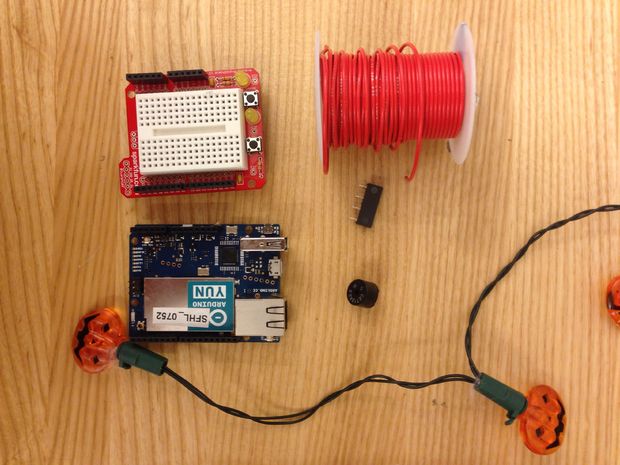13

Humans evolved to sleep and wake according to natural light cycles. So it is strange that we, as a society, have largely chosen to rely on blaring alarms to wake up in the mornings. Wake-up lights have been gaining traction in recent years because they provide a pleasant experience that mirrors the rising sun — but at the time you need it. If you want a DIY option, AWAKE is a very aesthetically pleasing wake-up light.
This seems to be a concept with a prototype that isn’t quite finished yet, but the renders certainly look good. AWAKE uses two bright LED bulbs from flashlights to shine through arc-shaped diffusers, creating an arch. The idea is that the lights will gradually increase in brightness until you wake up. But there is also an integrated speaker, so it can sound an alarm at the last moment if you still haven’t woken up. There also appears to be a stand where you can place your smartphone, and it would be nifty if that included a wireless charger.

The heart of the AWAKE device is an Arduino Nano RP2040 Connect board. It has built-in Wi-Fi®, which is great for keeping time via the local network. It also has a Bluetooth® and BLE adapter, and those could be useful for setting alarms. The LEDs come from flashlights, so they’re extremely bright. Finally, and MP3 module can store and play audio files for the alarm sounds.
While the prototype doesn’t seem to be complete, the design files are available so you should be able to build an AWAKE wake-up light if you’re interested.
The post AWAKE is a very pretty wake-up light appeared first on Arduino Blog.








